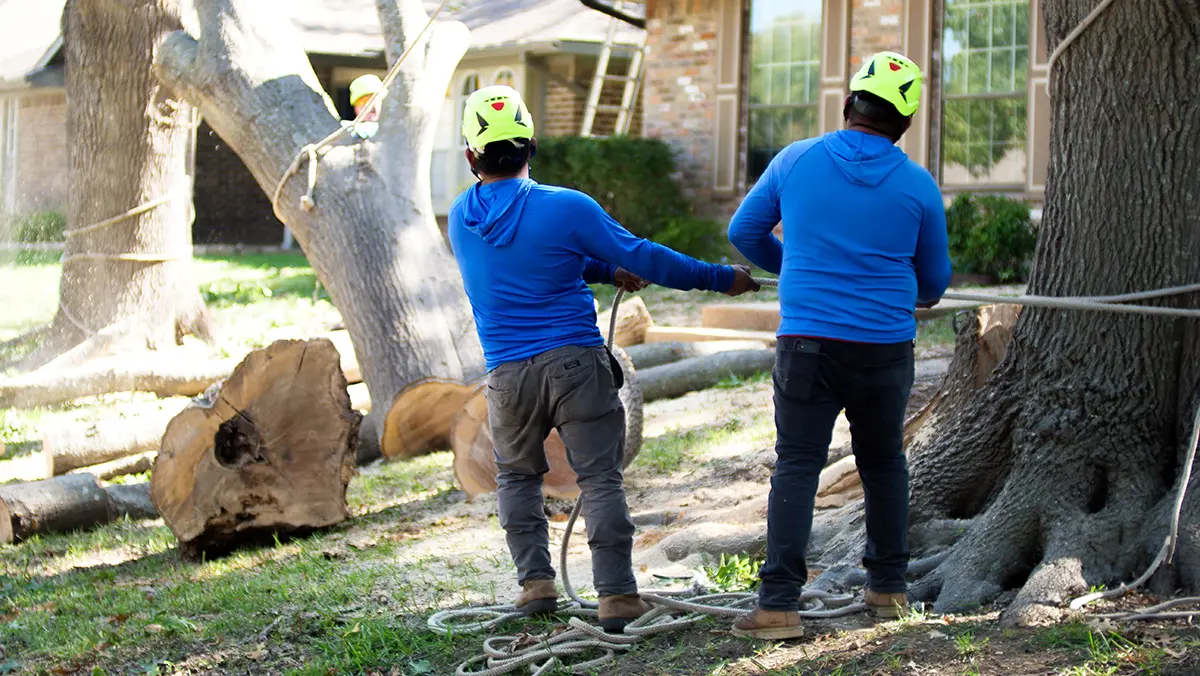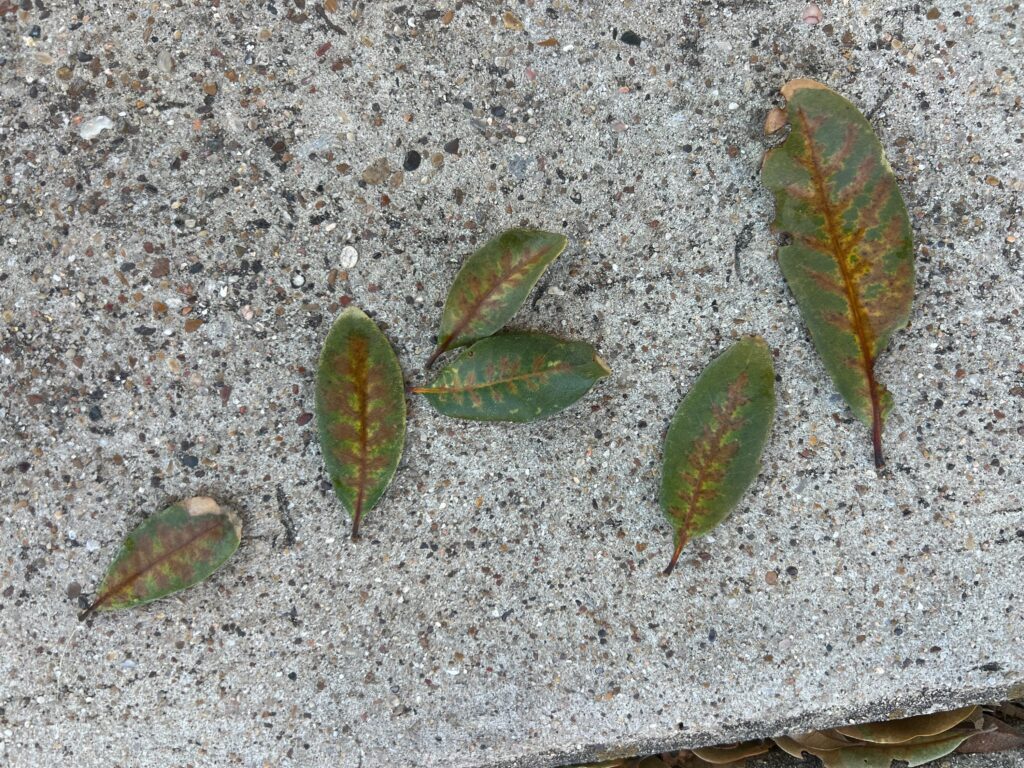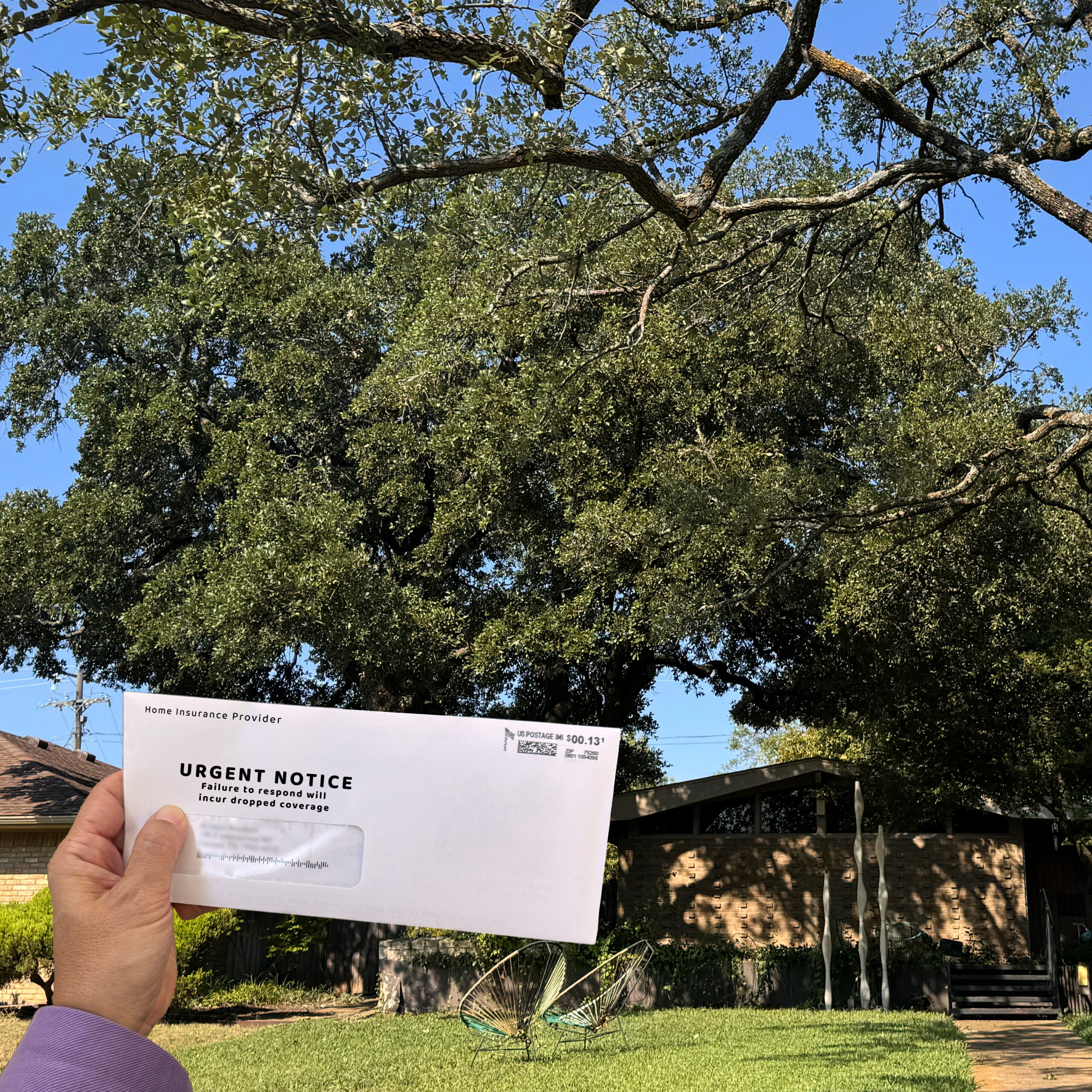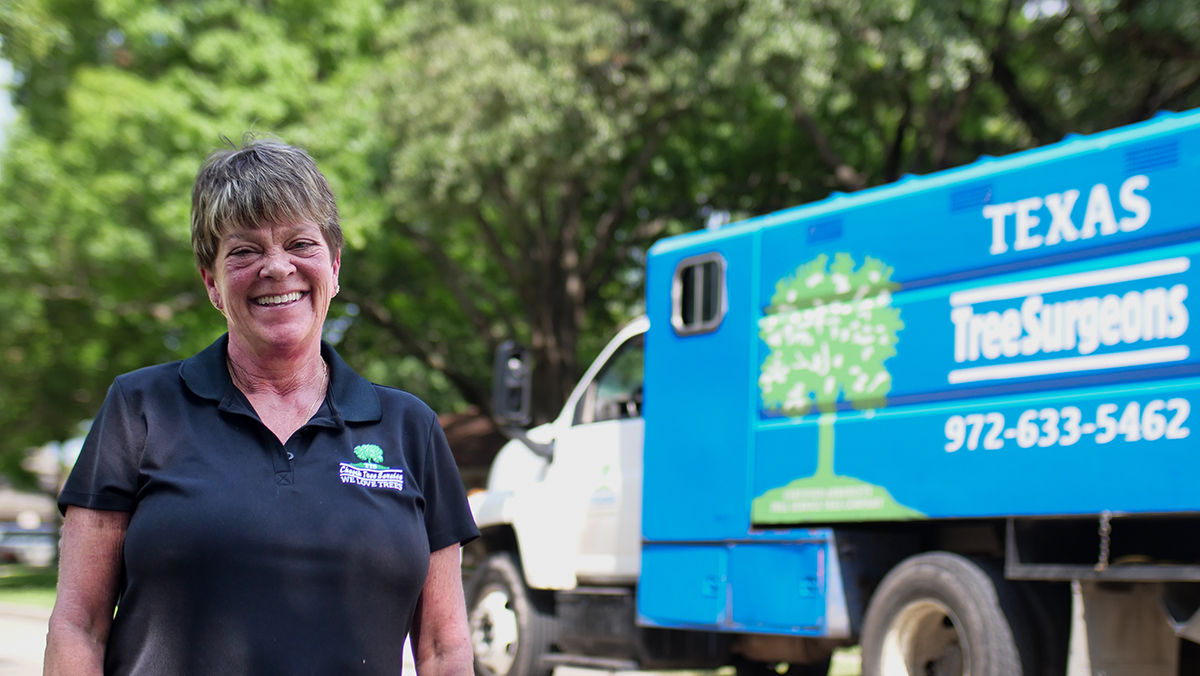Expert Tips From Certified Arborists for the Best Time to Prune Oak Trees

Pruning oak trees is not only essential for maintaining health but also for the safety and beauty of your landscape. Knowing when to prune can make a world of difference in ensuring your oak trees remain healthy and thriving.
Why Prune Your Oak Trees?

- Pruning is crucial for promoting healthy growth
- Removing dead or diseased branches
- Reducing the risk of damage during storms
- Enhancing tree’s appearance with a well-structured form
Regular pruning is a key element in maintaining the vitality of oak trees, ensuring that resources are not wasted on unnecessary growth or supporting compromised branches. The benefits of pruning are multifaceted; not only do they contribute to the tree’s health, but they also diminish the chances of broken limbs that could pose a safety hazard.
A well-pruned oak tree contributes significantly to the safety of your environment, we saw ample proof of that during the May 2024 storm. The storm caused a lot chaos from damaged or improperly pruned trees that failed due to high winds.
Besides safety and health, pruning also serves an aesthetic purpose, ensuring that your trees boost rather than detract from the overall look of your landscape. Understanding basic tree pruning strategies can help homeowners make informed decisions on the canopy structure of their oak trees.
Understanding Oak Tree Growth Cycles
Oak trees, like many other types of trees, go through specific growth cycles that can significantly inform the proper timing for pruning. Generally, understanding these cycles can help maximize the benefits of pruning while mitigating potential risks. During the growing season, trees actively transport nutrients which make them more vulnerable to stress from even minor pruning. In contrast, during their dormant phase, which typically occurs in fall and winter, trees exhibit less activity in their metabolic processes.
This dormancy is an ideal opportunity for pruning deciduous oaks as it minimizes the risk of oak wilt transmission, a serious threat that can devastate oak populations. The dormant phase allows trees to endure trimming without the added susceptibility to pests and diseases. This important knowledge helps set a schedule for pruning that caters to the tree’s natural resilience, reducing strain and speeding recovery post-pruning.
Best Seasons for Pruning Oak Trees
Timing oak tree pruning is a critical consideration to truly optimize the benefits of the activity while safeguarding the health of the tree. Late winter or early spring is often deemed the best time for significant pruning work. This period, before the new growth starts, aligns with the oak’s natural dormancy and minimizes the risk of infection and pest infestation, especially from the beetles associated with oak wilt. Pruning during these colder months leverages the natural resilience of the oaks to withstand and recover from pruning cuts.
It’s essential to avoid pruning during February through June, periods during which the activity of insects transmitting oak wilt is at its peak. These strategies are not just best practices for oak health but align with broader tree care tactics ideal for preventing illnesses. To understand how climate and regional factors might influence pruning timing, reach out to one of our certified arborists at Texas Tree Surgeons.
We understand that specific pruning needs may arise outside these best practice periods. Emergency situations, such as storm damage, might necessitate immediate action. Always assess the urgency and possible impact before proceeding with out-of-season pruning, and consult a local ISA Certified Arborist when in doubt.
Oak Wilt is a Key Consideration
Oak wilt is a notorious disease that presents a critical concern for oak tree populations in our community. Oak wilt spreads primarily through root grafts and insects. Beetles, attracted to fresh pruning wounds, often serve as openings for this destructive fungus, making the timing of pruning a pivotal preventive measure. Scheduling tree trimming during less active pest periods, such as the cooler seasons, remains a key defense against this disease.

At Texas Tree Surgeons we suggest avoiding pruning from February through July. By trimming oak trees in the Fall or winter will significantly mitigate the risk of oak wilt transmission.
When pruning is necessary between February through June, special sealants or paints may be applied to cuts to hinder beetle attraction which tend to exploit open wounds. Understanding more about the dynamics of oak wilt control empowers tree owners to act preemptively, ensuring a safe and healthy oak tree population.
Expert Techniques for Pruning Oak Trees
Pruning is both an art and a science involving precision, timing, and the right equipment. Using the proper tools not only makes the task easier but also reduces the chances of causing additional harm to the tree. Maintaining sharp, clean tools encourages neat cuts that minimize the tree’s open wound exposure. When it comes to cut size and placement, TCIA guidelines emphasize making cuts at the branch collar and avoiding excessive canopy removal.
Strategic thinning which allows the tree to maintain its form and health is best, this means do not over prune, lion tail, or top. Decisions on cut type and location also depend heavily on the tree’s overall health and structure. For those unsure about proper pruning, consulting a certified arborist prior to any trimming work done helps ensure that the right techniques are used in keeping with the best practices as recommended by the ISA.
In addition to the right techniques, consider the purpose behind any pruning. Whether it’s to remove damaged branches, promote new growth, or simply maintain shape, having clear objectives can help achieve the desired outcomes while minimizing unnecessary stress to the tree.
Post-Pruning Care for Oak Trees
Once the pruning has been carried out, it’s essential to focus on the post-pruning care that will help your oak trees recover and thrive. This involves providing adequate watering, especially since we are still in drought conditions. Mulching around the base of the tree can conserve soil moisture and maintain an even temperature, further supporting recovery.
Careful observation post-pruning can help in identifying any signs of stress or disease quickly. Look for leaves falling or browning, which may indicate underlying issues like inadequate water uptake or pest problems. To ensure your pruning efforts are effective, be proactive in protecting your oak trees from potential threats through annual scheduled check-ups and maintenance with a certified arborist.
Remember, at any sign of concern, reaching out to seasoned professionals like Texas Tree Surgeons, can be invaluable in saving your tree. Regular assessments ensure that your trees not only survive but thrive for generations, continuing to be a source of pride in your landscape, and neighborhood.
At Texas Tree Surgeons we love trees. Helping customers understand best practices for pruning oak trees helps keep our urban forest healthy. Pruning oak trees only during Fall and Winter can help maintain their health and appearance while preventing potential problems. By considering timing and techniques, you’ll ensure your oak trees thrive for many years. For more personalized advice and expert help with your oak trees, don’t hesitate to call us for further assistance.
Related Blogs
Similar blogs related to this topic


Facts About Home Insurance & Trees
It’s becoming way too common, especially in Texas, homeowners receiving a threatening letter from their insurance company to drastically remove all tree limbs over a structure to prevent them from falling onto the house. Don’t…
Read more

Avoid These Tree Care Mistakes for a Healthy Landscape
Below is a list of overlooked mistakes that could jeopardize the health of your trees. From missteps in pruning to incorrect watering practices, discover how to give your trees the care they deserve. Red oak…
Read more

10 Tips from Your Local Arborist to Enhance Your Tree’s Health
Trees are an integral part of our environment, providing shade, beauty, and clean air. As living organisms, they require care and attention to thrive. Who better to offer advice than your local arborist? Here are…
Read more
